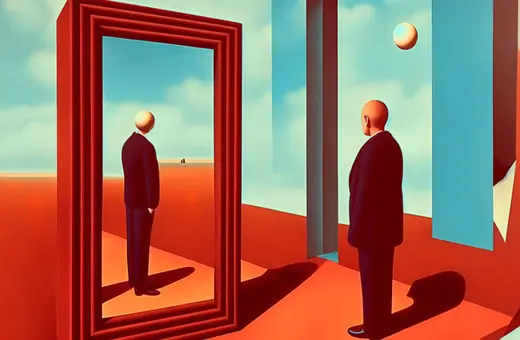We once scorned online relationships, assuming connections made in real life were somehow more meaningful. But with the Covid-19 pandemic keeping us apart, our digital social spaces have suddenly become more vital. We must learn to recognise bonds formed online as just as important as any others.
Before coronavirus, many of us were engaged in a pitched battle with our smartphones. Increasingly convinced that our time on social media was like a cancer, eating away at our potential for purposeful and valuable lives, we deleted apps from phones and fretted over our children’s screen time.
Before coronavirus, the mainstream media skewed technophobic and fuelled our fear that the digital revolution might prove even more toxic to society than the industrial revolution had been before it. The industrial revolution destroyed livelihoods and created capitalist robber barons, but the digital revolution introduced AI automation and data-exploiting social-media plutocrats. We fantasised about a return to the pre-digital Garden of Eden, before the snakes came. Those were the days of social connections ‘in real life’.
But that was then. At this moment in time, lest we and others die, real life means being confined to our homes, banned from congregating in public spaces. ‘Physical distancing’ would be more accurate phraseology, but instead we call it ‘social distancing’, our language betraying that we think of social and physical proximity as being the same thing. In this new version of ‘in real life’, though, we have no choice. If we are to socially connect with people outside of our own household, we will largely have to do it online.
Mental-health practitioners have long peered at the online environment through the sceptical lens of technophobia.
People who once drew hard distinctions between online communication and ‘real life’ contact are now less certain. The media’s technophobic discourse has turned technophilic overnight. The very experts who once encouraged us to put down our phones to promote mental health are now telling us to pick them up to ward off mental illness. Among those turncoat experts are therapeutic professionals, my colleagues.
Mental-health practitioners have long peered at the online environment through the sceptical lens of technophobia, seeing virtual interaction as a watered-down substitute for ‘real’ relating. Large-scale analyses of thousands of therapeutic-outcome studies have repeatedly shown that the bond between therapist and client is the crucial factor predicting effective psychotherapy, and many therapists still worry that ‘relational depth’ just can’t be achieved online. On every training programme I have ever worked, therapy trainees couldn’t count any remotely conducted sessions towards their final tally of hours for qualification. We even required them to have clinical supervision in person. Apparently, to even discuss one’s work with clients, it was necessary to be breathing the same air.
At this moment in time, though, every therapeutic practitioner I know is preparing for online work, some of them with considerable fear and loathing. If early 20th-century Vienna had enjoyed remote synchronous communication with high-resolution video and secure end-to-end encryption, perhaps Sigmund Freud would have fully embraced it. Perhaps physical co-presence as a prerequisite for real relating would not have become the sacred cow that it is today. But Vienna’s coffeeshops featured just coffee, not WiFi, and we still persist in glibly classifying offline encounters as ‘real’ and online relating as ‘fake’, or at least severely diminished. Coronavirus has changed the status of online communication from unhealthy vice to potential saving grace – perhaps it’s an opportune moment to have some of our assumptions challenged.















Join the conversation